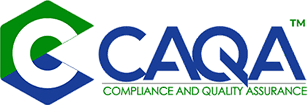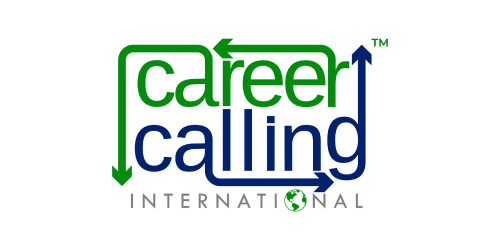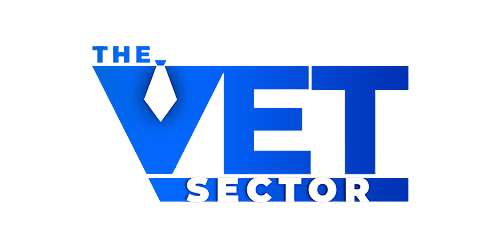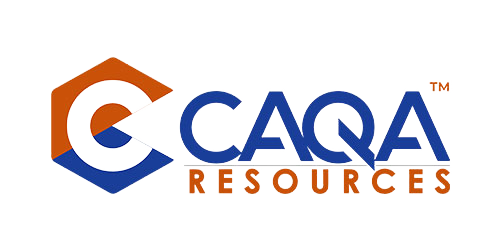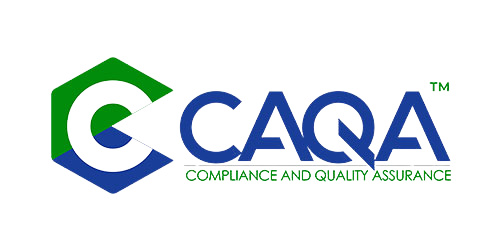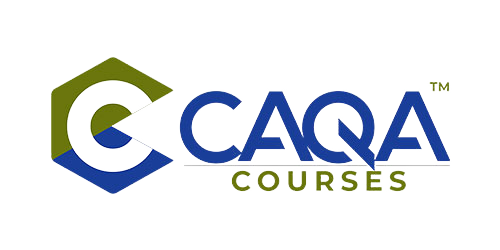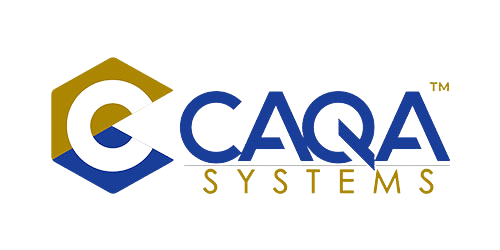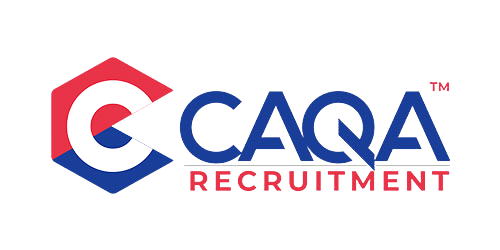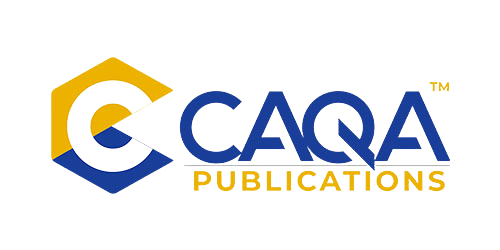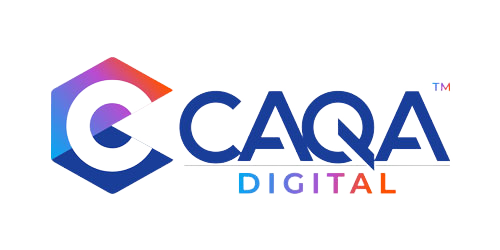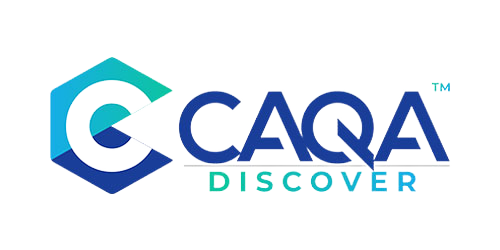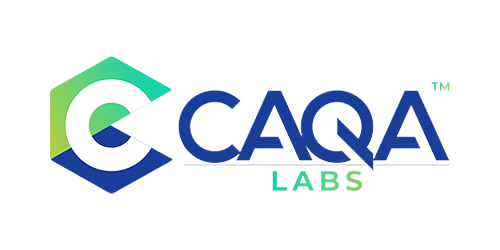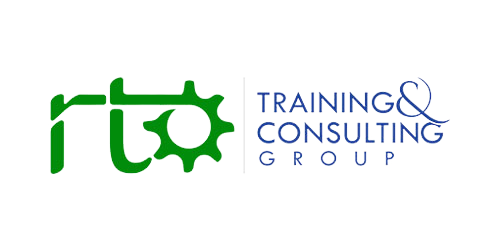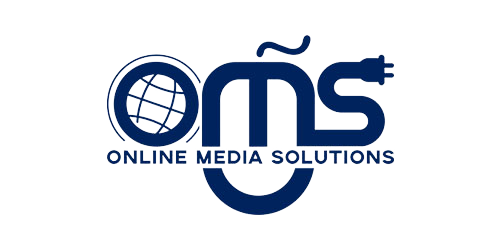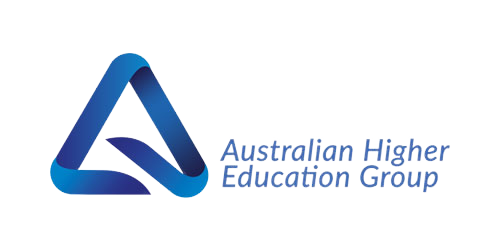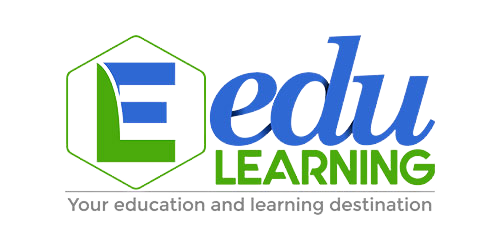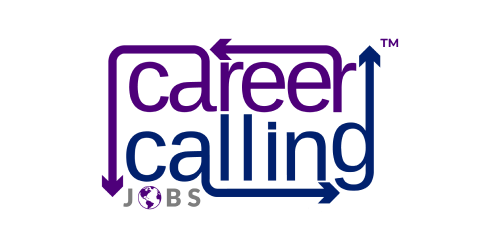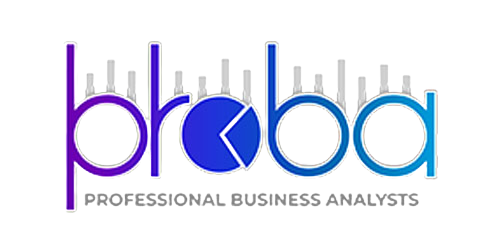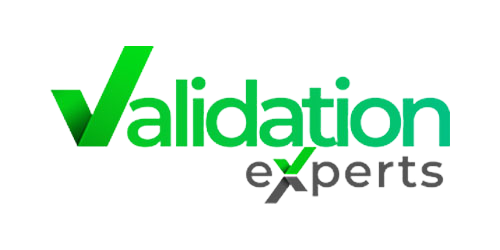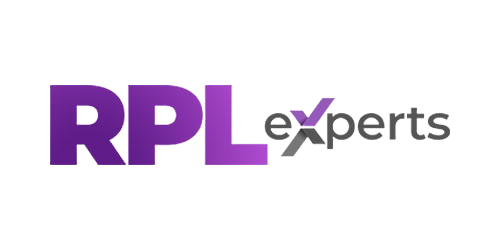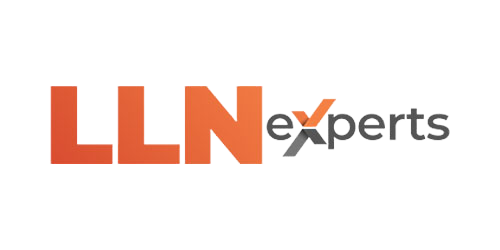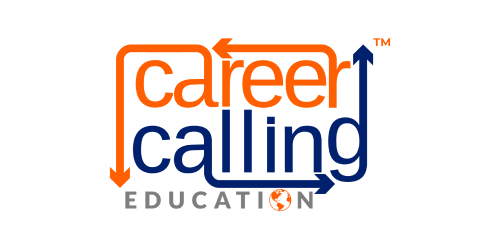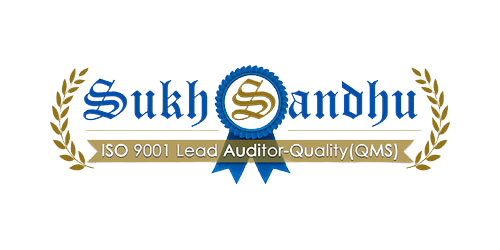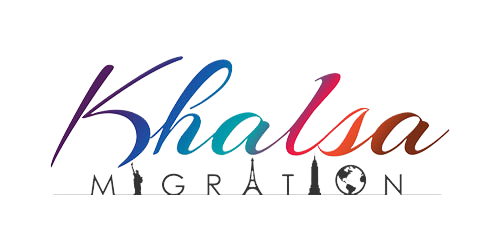Introduction: when autonomy collides with public trust
Australia’s education system draws a deliberate line between self-accrediting higher education institutions and externally accredited vocational education and training providers. That separation exists for a reason. Autonomy can unlock agility and innovation, but it also concentrates risk. Recent revelations in an ABC specialist report by Conor Duffy have reignited a hard question: what happens when self-accreditation falters, and should anything like it be transplanted into the VET system? The answer matters for students, employers and the nation’s skills pipeline. When degrees or qualifications are launched without the right external checks, the costs are borne by learners who discover too late that their studies do not open the doors they were promised.
What self-accreditation actually is — and why it exists
In higher education, a self-accrediting authority allows an approved institution to design and approve its courses internally, rather than submitting each program to the national regulator for course-by-course accreditation. The intent is not deregulation but a different regulatory posture: the quality agency assesses whether an institution has the systems, capability and evidence to keep meeting standards on its own, and if satisfied, confers limited or broad self-accrediting status subject to ongoing oversight. That authority can be varied or withdrawn if evidence of weakness emerges. In Australia, this is administered by the higher education regulator under the Threshold Standards, and supported by a specific framework and application process that tests governance, internal course design controls, external referencing, and continuous improvement.
By contrast, the VET sector is architected around nationally endorsed training packages and, where needed, accredited courses approved by a regulator or state accreditation body independent of the provider. The point is to ensure national portability and comparability of outcomes. A VET course is accredited only after an external assessment against the Standards for VET Accredited Courses and the Australian Qualifications Framework, and providers deliver against training packages that are developed and maintained through national processes rather than uni-style internal approvals. This is not an accident; it is the backbone of VET’s claim to national recognition and job-readiness.
The cautionary signal from recent failures
The ABC’s specialist reporting shows what is at stake when student expectations about recognition and accreditation diverge from reality. Where learners complete a program believing they will obtain a qualification aligned to a recognised professional or industry standard, only to find the accreditation has not been secured, the result is predictable: lost time, lost money and lost opportunity. Those harms are not theoretical, and they reverberate into the labour market when employers cannot rely on a qualification’s status. That is why accreditation clarity is more than a marketing nicety — it is a consumer protection, an industrial necessity and a reputational shield for Australian credentials.
Why self-accreditation is a double-edged sword
Self-accreditation can deliver genuine benefits. Universities can move faster in emerging fields, align courses to research strengths, and iterate curricula without long external queues, while still sitting under a national regulator. In the best cases, internal boards, academic quality committees and external advisors provide robust challenge and evidence-based decision-making. But the same mechanism can become an exposure point when internal controls are weak, when external referencing is thin, or when communication with prospective students overstates professional recognition that has not yet been awarded. The lesson from recent events is not that autonomy always fails, but that autonomy without radical transparency and muscular external checks can fail in costly ways — and the people who pay are students.
Would self-accreditation in VET produce similar outcomes?
Transplanting a university-style self-accreditation model into VET would collide with the very design of the system. VET’s legitimacy rests on qualifications that are nationally portable, tightly linked to industry-defined competencies, and externally validated through training packages or course accreditation. Allowing providers to internally accredit their own VET courses at scale would introduce fragmentation, making it harder for employers to interpret outcomes and for students to rely on portability across states and industries. It would also dilute a key consumer protection: the independent test, by a regulator or state body, that a course meets national standards and does not duplicate existing endorsed qualifications. Those are not abstract guardrails; they are the reason VET certificates and diplomas travel across industries and jurisdictions.
There is policy discussion about increasing VET responsiveness and reducing red tape. That is a legitimate goal. But responsiveness can be achieved within the external-accreditation architecture by streamlining regulatory processes, publishing clearer guidance, and accelerating updates to training packages in high-growth areas, rather than by copying a self-accreditation model designed for a different sector. Where pilots contemplate limited delegations or partnerships, they must be tightly bound, time-limited, transparently reported, and subject to recall if risk indicators — student complaints, assessment anomalies, weak industry alignment — start flashing. The price of getting it wrong in VET is paid by apprentices, trainees and career-changers who expect a qualification that works nationally and, often, internationally.
Professional and international recognition cannot be an afterthought
Whether in higher education or VET, many careers hinge on external professional accreditation or registration — from engineers to health practitioners to trades requiring licensing. Internal course approval is not a substitute for those external stamps of recognition; it must be synchronised with them. When institutions advertise or imply professional recognition that is prospective, contingent or partial, students can be misled even when the intention is benign. The ABC report is a reminder that claims about accreditation, registration or global accords must be precise, current and backed by documentary evidence. Where an industry’s recognition framework is international — for example, through accords that permit mobility — the risk of self-accreditation untethered from external validation multiplies, because graduates discover barriers not just at home but abroad.
Transparency is the non-negotiable backstop
One immediate policy lesson is simple: sunlight prevents repeat harm. In higher education, the self-accrediting framework expects providers to demonstrate effective internal quality systems up-front; it should also require public-facing transparency when professional recognition is pending, denied or limited. In VET, the external course-accreditation process already embeds an independent test; publishing simple, plain-English accreditation status and any conditions against every program would help learners, employers and international partners interpret what a qualification does and does not confer. Clear, consistent disclosure — not just on regulator registers but on provider webpages and offer letters — is the fastest way to align expectations with reality.
Keep the right roles with the right regulators
Australia’s two-track system exists because higher education and VET serve different purposes and use different assurance logics. The higher education regulator assesses institutional capability and grants or varies self-accrediting authority where warranted; the VET regulator and state bodies accredit courses or endorse training packages that all RTOs must use. Blurring those roles risks weakening both. Rather than extending self-accreditation into VET, policy should double down on the strengths of each model: tighten transparency and external referencing requirements where self-accreditation exists, and continue to externalise course accreditation in VET while making it quicker and clearer. That preserves portability, comparability and confidence — the three things students and employers value most.
Guardrails if delegation is trialled
If governments trial any form of delegated accreditation in VET, the guardrails should be explicit. Delegations should be narrow in scope, bounded to clearly defined fields, and contingent on demonstrable industry co-design, external expert review, and public reporting of outcomes. There must be automatic triggers for independent review if complaint rates rise, graduate outcomes falter, or assessment anomalies appear. Above all, any delegated function should complement, not replace, the national system of training packages and accredited courses that underwrite VET’s portability. The lodestar is the student: Does the delegated model reduce ambiguity about recognition, or increase it? If the answer is the latter, the delegation should not proceed.
What the ABC report teaches policy-makers
The ABC specialist report by Conor Duffy is not an outlier to be explained away; it is a case study in what happens when assurance systems and communications fail to line up. When course approval, professional accreditation and student messaging fall out of sync, students shoulder the consequences. The remedy is not to abandon autonomy where it works, but to bind it to stronger transparency, earlier external referencing and firmer consumer-law discipline over how recognition is described to prospective students. For VET, the lesson is sharper still: do not loosen the external mechanisms that protect national recognition and industry confidence. Instead, modernise them, publish more, and move faster where industry needs are evolving.
Conclusion: keep assurance external where recognition must be universal
Australia can be both agile and trustworthy, but only if it keeps the right assurance levers in the right places. Self-accreditation in higher education is a tool that can work when wrapped in real transparency and strong external checks, yet as recent failures show, it can also produce serious harm when those conditions are absent. In VET, where qualifications must be instantly legible to employers across jurisdictions and often across borders, independent accreditation is not a bureaucratic luxury — it is the guarantee of portability and safety. Extending university-style self-accreditation into VET would introduce the very risk now on public display: students discovering too late that their learning does not unlock the work they trained for. The safer path is clearer rules on how recognition is represented, faster and more transparent accreditation processes, and unwavering external validation wherever a qualification’s value depends on industry or professional recognition. That is how confidence is earned, and how it is kept.
Sources
ABC specialist reporting on unaccredited degrees and student impacts (Conor Duffy); TEQSA materials on self-accrediting authority; ASQA materials on VET accredited courses and training packages; AQF guidance on accreditation and certification.
